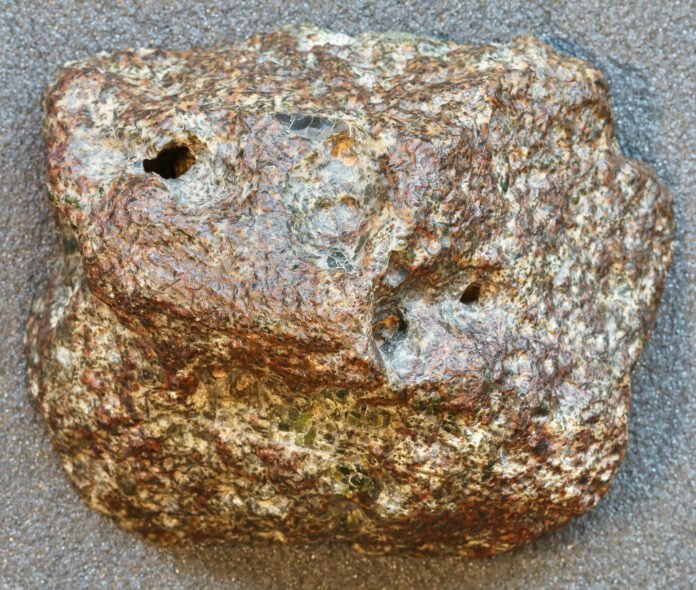In late 2017, a mysterious, elongated object zipped through our Solar System at unprecedented speed. This cosmic visitor, later named ‘Oumuamua—Hawaiian for “scout”—was the first known interstellar object (ISO) to enter our system, astonishing astronomers with its peculiar pancake-like shape and speed.
Since then, interest in these rogue wanderers—fragments ejected from alien planetary systems—has soared. A second ISO, Comet Borisov, was spotted in 2019 by an amateur astronomer, confirming that these stellar nomads might be more common than previously thought.
Why Interstellar Objects Matter
ISOs are more than cosmic curiosities; they carry the building blocks and signatures of distant star systems. Studying them up close could revolutionize our understanding of how planetary systems evolve—offering rare, physical insights into environments that are otherwise unreachable.
Astronomers estimate there may be more than 10 septillion ISOs drifting through the Milky Way. Yet, only two have been confirmed because these objects travel incredibly fast and remain invisible until they are already within our vicinity. Our current ground- and space-based telescopes can rarely detect them before it’s too late for close study.
From Flybys to Fly-ins: Moving Toward Interception
Until now, our approach to ISOs has been reactive—observing from afar as they pass. However, space agencies are laying the groundwork to change that. The key is not only spotting ISOs early but also intercepting them in time.
READ MORE: New Colour Discovered? Scientists Claim to See the Unseeable
Two major mission concepts are underway:
- NASA’s “Bridge” Mission Concept: A rapid-response spacecraft that could launch within 30 days of ISO detection.
- ESA’s Comet Interceptor: Launching in 2029, it will “lie in wait” in a parking orbit one million miles from Earth, ready to chase down a long-period comet or ISO with its trio of probes.
Meanwhile, Project Lyra by the Institute for Interstellar Studies explored the feasibility of catching up with ‘Oumuamua. Technically possible—but extremely challenging due to its distance and velocity.
Speed Is the Greatest Challenge
ISOs like ‘Oumuamua can move at 32.14 km/s, giving scientists less than a year to detect and intercept them post-arrival. Fast and agile propulsion systems are essential.
A promising candidate is the solar sail, which uses sunlight for propulsion, eliminating the need for heavy fuel. Future iterations could be enhanced using laser propulsion, dramatically increasing speed while reducing mission cost and mass.
Additionally, missions will need to endure potential dangers such as:
- Extreme heat and radiation
- High-velocity dust impacts
- Long periods in storage orbit without power degradation
To overcome these, researchers are testing new materials like advanced carbon composites and 3D-printed thermal shields. Even traditional materials like cork and ceramics are being re-engineered for space endurance.
AI and Swarm Technology May Hold the Key
Spacecraft of the future will not rely solely on ground control. Artificial Intelligence (AI) and deep learning systems could enable autonomous response to ISO detection. Swarm technologies—coordinated fleets of small spacecraft—could provide multi-angle imaging, real-time decision-making, and agile tracking.
Such intelligent systems could calculate trajectories, initiate rendezvous, and adapt in-flight to unknown variables—critical capabilities when reacting to a surprise visitor from beyond our solar system.
The Vera C. Rubin Observatory and the Detection Boom
Hopes for a future detection surge rest on the Vera C. Rubin Observatory in Chile. Its upcoming 10-year sky survey is expected to spot dozens of ISOs annually, bringing the dream of routine interception closer to reality.
This will be pivotal in coordinating space missions that must act swiftly, potentially using predictive AI to anticipate ISO paths and launch pre-positioned spacecraft.
A Coordinated Strategy for Cosmic Exploration
Achieving ISO rendezvous will require a multi-layered approach combining:
- Ground-based telescopes for early detection
- AI-guided spacecraft in rapid-launch orbits
- Advanced propulsion systems like solar sails
- Lightweight and durable shielding materials
These systems must work in harmony to intercept objects that are unpredictable, fast-moving, and fleeting.
A Race Against Time—and Budgets
Despite scientific potential, funding cuts—particularly in the US—could derail progress. Facilities like the James Webb Space Telescope face potential budget limitations, which could hinder ISO detection and tracking infrastructure.
Still, if innovation is embraced, the prospect of not only seeing but catching visitors from other star systems could become a reality in the near future.
As Billy Bryan, Chris Carter, and Theodora Ogden write, the time has come to stop watching from afar. With the right tools and technologies, humanity might soon reach out to touch the cosmic messengers that cross our path.
